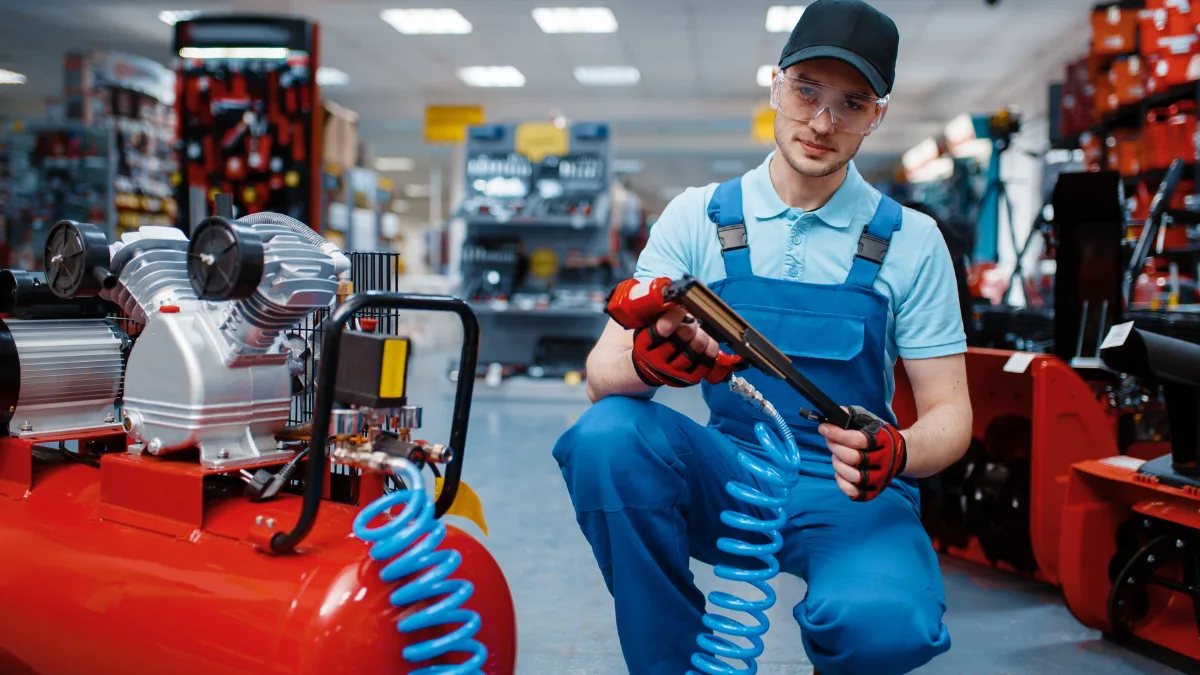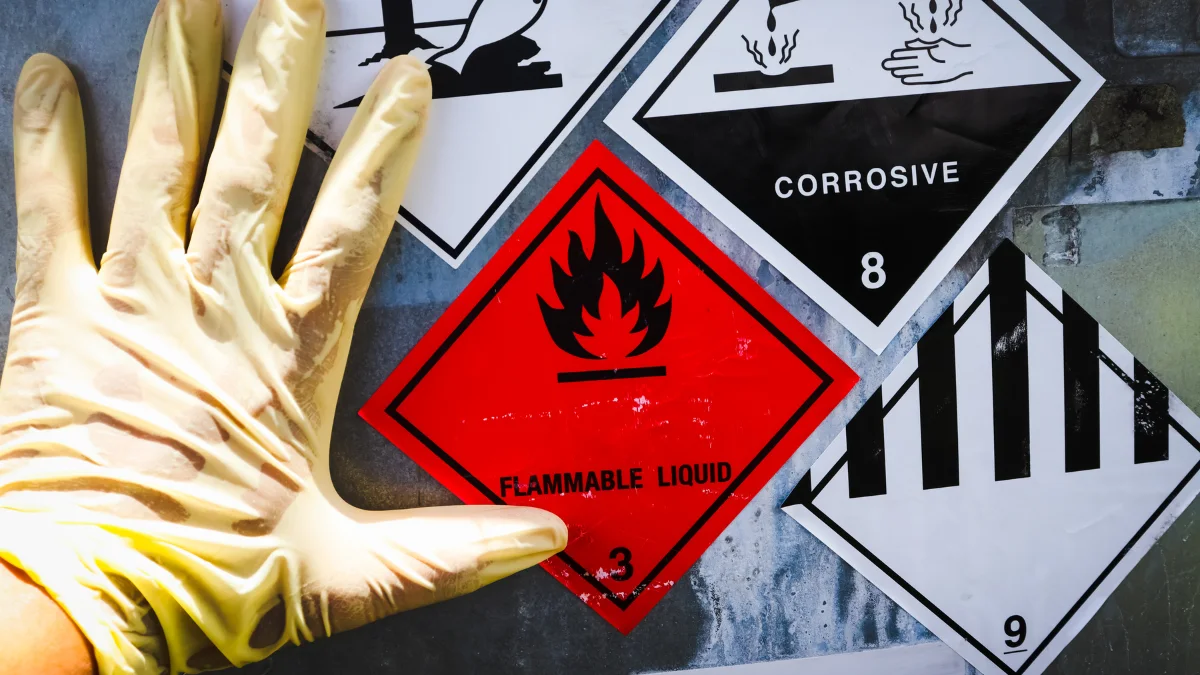Have you ever seen tools that blow air when servicing vehicles? Or drills that use air to make holes? These are some examples of pneumatic tools.
Today, pneumatic tools have become an essential part of supporting many jobs in workshops, manufacturing, construction, and the automotive industry.
Want to know more about pneumatic tools? Let's discuss together the tools that have capabilities that ordinary power tools cannot match.
What are Pneumatic Tools?

Pneumatic tools are a type of power tools that uses compressed air as their energy source to perform various types of mechanical work. These tools are commonly used in various sectors such as workshops, manufacturing, construction, and automotive industries. They are efficient, durable, and highly capable of working in environments that are unsafe for ordinary power tools.
How do Pneumatic Tools Work?
Pneumatic tools work by converting energy from compressed air into mechanical work through pneumatic motors, pistons, or gears.
The source of compressed air stored in the compressor is channeled through a hose to the pneumatic tool. Then, the compressed air will drive the pneumatic motor.
After that, the pneumatic motor will convert the air energy into mechanical motion to perform the tool's function, such as turning, tightening bolts, or striking.
The Advantages of Pneumatic Tools

The pneumatic tools have several advantages, including high power output, suitability for hazardous environments, lightweight design, and ergonomic design. Here are some of their main advantages in detail:
1. High power output
Pneumatic tools generate high power through air from a compressor. This allows the tool to produce significant and consistent torque. Heavy and repetitive tasks such as tightening bolts or cutting materials are ideal for this tool.
2. Long-lasting performance
These tools do not use electricity directly, so they do not overheat quickly. If you need to work for a long time, these tools are ideal for use.
3. Suitable for hazardous environments

These tools are often used in hazardous environments because they do not use electricity directly. Using air as a power source minimizes the risk of explosion or contamination when used in the food and pharmaceutical industries.
4. High safety
In addition to being safe to use in hazardous environments, pneumatic tools are also safe to use in wet environments. This is because there are no electrical components that pose a risk of electrical short circuits, such as sparks or electric shocks.
5. Lightweight and ergonomic design
The absence of cables that need to be plugged into an outlet and batteries to operate makes this tool lightweight. This tool will provide comfort for long-term use without causing fatigue.
The Example of Pneumatic Tools
Here are some examples of pneumatic tools:
- Air drill: Uses wind power to rotate the drill bit to make holes
- Pneumatic Screwdriver: Removes and installs screws.
- Air Impact Wrench: Used to remove or install nuts and bolts with strong and fast torque.
- Air duster: Sprays compressed air to clean dirt from hard-to-reach areas on components.
- Spray gun: Used for painting, spraying paint evenly on car bodies or other surfaces.
- Air chisel: Similar to a small jackhammer, used for chiseling or cutting materials.
If you work in workshops, manufacturing, construction, and automotive industries that have hazardous environments, these pneumatic tools are definitely worth it for you.
In the end, we know that pneumatic tools are the ideal choice for those who prioritize high power output, suitability for hazardous environments, lightweight design, and ergonomic design.